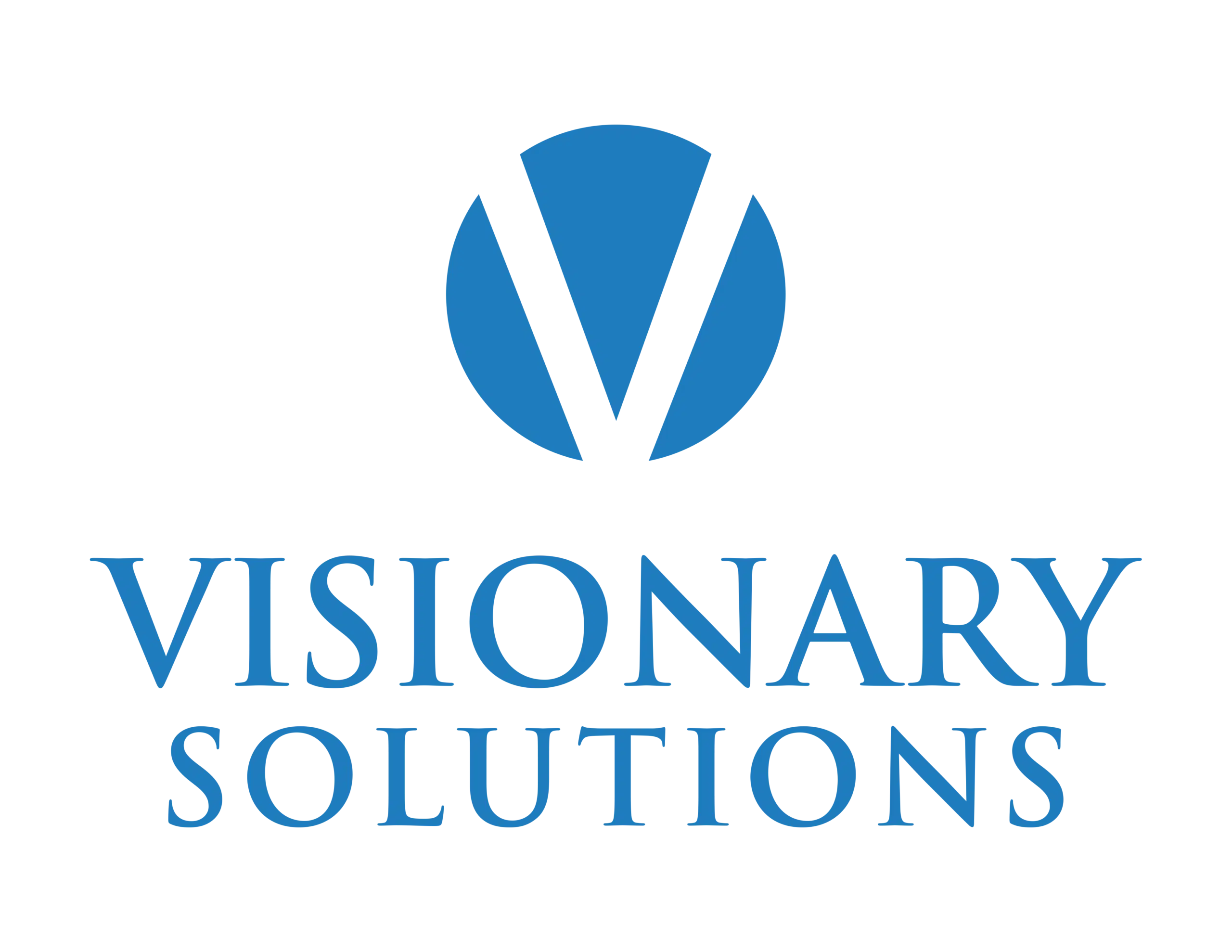In today’s fast-paced and digitally-driven business environment, efficiency is the key to success.
Introducing the concept of Open Booking Scheduling, this article explores a groundbreaking approach that is transforming the way businesses manage appointments and engagements.
This represents a departure from traditional scheduling methods. It is a dynamic system that empowers clients and customers to book appointments directly, offering a level of flexibility and convenience that aligns with the demands of the contemporary world.
As we delve into its intricacies, it becomes clear that this method is not merely a trend but a growing necessity for businesses striving to stay agile and responsive to the evolving needs of their clientele.
So, let’s explore how this strategy can be a game-changer for your business efficiency!
What is Open Booking Scheduling?
Open Booking Scheduling is a modern and dynamic approach that provides flexibility and convenience for businesses and their clients.
At its core, it is a system that allows clients or customers to book appointments directly into a business’s schedule without the need for manual intervention.
Unlike traditional methods that involve direct communication or the use of intermediaries, this one leverages online platforms and tools to streamline the entire process.
Its key components include a user-friendly online interface, real-time availability displays, and automated confirmation and reminder notifications.
Clients can access the system at any time, view the available time slots, and choose the one that best fits their needs. This eliminates the back-and-forth communication, saving time for both parties.
Open Booking Scheduling has evolved significantly, driven by advancements in technology and changing consumer expectations. In the past, it typically involved phone calls, emails, or in-person interactions, which could be time-consuming and prone to errors.
The process is now streamlined, and firms can offer a more convenient and efficient way for clients to access their services.
The transition to Open Booking Scheduling represents a paradigm shift in how businesses manage appointments.
Rather than relying on manual coordination, professionals now leverage digital platforms that provide a centralized and accessible system. This aligns with the increasing preference for online and self-service solutions in various industries.
As technology continues to advance, Open Booking Scheduling is likely to incorporate more sophisticated features, such as integration with customer relationship management (CRM) systems, analytics for performance evaluation, and artificial intelligence for optimizing based on historical data.
Its ongoing evolution reflects a commitment to enhancing efficiency and improving the overall experience for both businesses and clients.
How Open Booking Scheduling Works
Technical Explanation
Open Booking Scheduling systems revolutionize traditional mechanisms by providing a dynamic and user-centric approach.
At its core, these operate on a real-time framework, allowing users to access and book appointments or services instantaneously.
It typically integrates with the business’s calendar and databases, providing users with up-to-date availability and reducing the chances of double bookings.
Through application programming interfaces (APIs) and cloud-based solutions, this type of scheduling seamlessly synchronizes information across platforms, ensuring consistency and reliability.
Its intelligence lies in its ability to adapt to varying business models. It employs algorithms that consider factors such as service duration, staff availability, and real-time demand, optimizing the overall process.
Moreover, these often incorporate automated reminders and notifications, enhancing communication between businesses and clients.
Security is another paramount concern. Robust authentication measures and encryption protocols are employed to safeguard sensitive information.
Additionally, the system typically allows firms to set privacy parameters, determining the extent of information shared with clients during the booking process.
This ensures a secure and trustworthy environment for both the business and its clientele.
User Interface and Experience
The user interface (UI) of Open Scheduling systems is meticulously designed to prioritize simplicity and accessibility.
The emphasis is on creating an intuitive platform that caters to users of varying technical expertise. Typically, these feature a clean and organized layout, guiding users through the booking process with minimal effort.
Accessibility is a key consideration, with most Open Booking Scheduling systems being web-based and responsive to various devices. This ensures that clients can easily access the platform from their desktops, laptops, or mobile devices.
Mobile applications, when available, further enhance accessibility, allowing users to manage appointments on the go.
The user experience begins with a straightforward navigation system. Clients can view the availability of services or appointments in real time, select their preferred time slots, and receive instant confirmation.
To enhance engagement, some systems offer additional features such as visual calendars, service descriptions, and even user reviews.
Moreover, customization is a hallmark of OB Scheduling UI. Companies can often tailor the appearance of the interface to align with their brand aesthetics.
This not only provides a cohesive brand experience but also reinforces the business-client relationship.
To streamline the booking process, intuitive forms and prompts are integrated into the UI. Clients can input relevant information swiftly, reducing friction in the process.
Furthermore, the system often supports multiple languages and provides accessibility features, ensuring inclusivity and usability for a diverse clientele.
Benefits of Open Booking Scheduling
In the ever-evolving landscape of business operations, Open Booking Scheduling emerges as a transformative tool, bringing a multitude of benefits that significantly impact efficiency, customer experience, and cost-effectiveness.
Efficiency and Time-Saving
This operates as a dynamic solution to streamline operations and save precious time for both firms and clients.
By removing the traditional barriers associated, this system allows clients to book services or appointments directly without the need for manual intervention.
This automation significantly reduces the time spent on coordinating schedules, avoiding the back-and-forth communication that often accompanies traditional appointment-setting processes.
For businesses, the automated nature of this strategy optimizes resource allocation and reduces administrative overhead.
The system’s real-time availability updates ensure that customers can instantly see open slots, fostering a seamless and prompt experience.
Improved Customer Experience
The implementation of Open Booking Scheduling goes beyond mere operational efficiency; it elevates the overall customer experience.
Clients, empowered with the ability to schedule appointments at their convenience, experience a newfound sense of control and flexibility.
The user-friendly interfaces further enhance the customer journey by providing a hassle-free and intuitive booking process.
Additionally, real-time confirmations and reminders sent through these platforms reduce the likelihood of no-shows, contributing to a more positive and reliable customer experience.
Open Booking Scheduling, by placing the power in the hands of targets, aligns with the contemporary demand for personalized and user-centric services, fostering a stronger bond between businesses and their clientele.
Cost-Effectiveness
Its financial advantages extend beyond the initial implementation phase.
By automating the appointment booking process, businesses can realize significant cost savings.
The reduction in administrative overhead, including the time spent manually managing schedules and handling appointment-related communications, translates to operational efficiency.
Moreover, the decreased likelihood of missed appointments, thanks to automated reminders, minimizes revenue loss associated with no-shows.
Additionally, these platforms often operate on subscription models, eliminating the need for businesses to invest in costly infrastructure or extensive training programs.
The result is a cost-effective solution that not only streamlines operations but also provides a positive return on investment over time.
As businesses witness increased efficiency and reduced costs, they are better positioned to allocate resources strategically, invest in growth initiatives, and enhance overall financial health.
How to Implement Open Booking Scheduling?
This is a dynamic approach to appointment management that can significantly enhance business efficiency when integrated seamlessly into existing processes.
Here’s a step-by-step guide on implementing it for optimal results:
1. Assess Business Needs
Begin by evaluating your business requirements.
Identify the specific areas where open booking scheduling can streamline operations and enhance customer interactions.
Whether it’s managing client appointments, optimizing resource allocation, or improving overall scheduling efficiency, understanding your needs is the first crucial step.
2. Choose the Right Open Booking Scheduling Platform
Selecting the appropriate platform is pivotal to the success of open booking scheduling.
Consider factors such as user-friendliness, scalability, integration capabilities, and customization options.
Research various platforms available in the market and opt for one that aligns with the unique demands and size of your business.
Popular options include Calendly, Acuity Scheduling, and SimplyBook.me.
3. Integrate with Existing Systems
Ensure smooth integration with your existing systems, including customer relationship management (CRM) software, calendar applications, and communication tools.
The goal is to create a seamless flow of information between different aspects of your business.
Many platforms offer integrations with widely used business tools, simplifying this process.
4. Customize for Brand Consistency
Tailor the Open Booking Scheduling platform to reflect your brand identity.
Customize the interface, including color schemes and logos, to provide a consistent brand experience for your clients.
A cohesive branding strategy fosters trust and recognition.
5. Train Your Team
Comprehensive training is essential for its successful implementation.
Educate your team on how to use the platform effectively, ensuring they understand its features, functionalities, and how it integrates into their daily workflows.
A well-trained team maximizes your benefits.
6. Communicate Changes to Clients
Transparent communication is key when introducing this strategy to your clients.
Clearly explain the advantages, such as increased flexibility and convenience.
Provide instructions on how clients can use the new system, and offer support for any queries or concerns they may have during the transition.
Choosing the Right Platform
Selecting the most suitable Open Booking Scheduling platform is a critical decision that directly influences the success of your integration.
Here are key considerations to guide you in choosing the right one for your business size and needs:
1. Scalability
Consider the scalability of the platform.
A solution that can grow with your business ensures a sustainable investment.
Look for options that offer tiered plans or customizable solutions to accommodate the evolving needs of your firm.
2. Integration Capabilities
Assess the platform’s compatibility with your existing tools and systems.
Seamless integration reduces friction in adopting the new scheduling approach.
The ideal platform should integrate effortlessly with your CRM, email marketing, and other essential business applications.
3. User-Friendliness
The ease with which your team and clients can navigate the platform is crucial.
A user-friendly interface simplifies the onboarding process and encourages active use.
Look for platforms that offer intuitive designs and straightforward navigation.
4. Customization Options
Every business has unique requirements.
Choose a platform that allows for customization to align with your brand identity and specific needs.
Customization options can range from branding elements to the configuration of appointment types and durations.
5. Pricing Structure
Consider your budget and the platform’s pricing structure.
Some offer free basic plans with additional features available through premium subscriptions.
Evaluate the features offered in each pricing tier and choose the one that provides the necessary functionalities without unnecessary costs.
6. Customer Support
Responsive customer support is vital, especially during the initial stages of implementation.
Ensure the platform provides adequate support channels, such as live chat, email, or phone support.
A reliable support system minimizes downtime and addresses any issues promptly.
Comparison with Traditional Scheduling Methods
This revolutionary approach to managing appointments and reservations stands out with several key advantages over traditional methods.
In comparison to the conventional systems that often involve complex coordination, fixed time slots, and manual intervention, this one introduces a dynamic and flexible paradigm that aligns with the modern pace of business.
Advantages Over Traditional Methods
The primary advantage of Open Booking Scheduling lies in its flexibility.
Unlike traditional methods that allocate rigid time slots, this one allows customers to schedule appointments based on their availability and preferences.
This not only caters to the diverse schedules of clients but also minimizes the chances of no-shows as individuals are more likely to commit to appointments they have actively chosen.
Moreover, it eliminates the need for constant back-and-forth communication to find suitable time slots.
Traditional methods often require time-consuming coordination efforts between clients and businesses. With this approach, the process is streamlined, allowing for more efficient use of time and resources.
Additionally, it reduces the risk of overbooking, a common challenge faced with fixed time slot systems, ensuring that firms operate smoothly without unnecessary disruptions.
The integration of automated reminders is another notable advantage. These platforms typically include automated notifications, reducing the likelihood of missed appointments.
This feature not only enhances customer satisfaction but also contributes to the overall efficiency of the scheduling process.
Real-World Examples
Several businesses across various industries have experienced significant improvements in efficiency and customer satisfaction after adopting Open Booking Scheduling.
Consider the case of a wellness center that transitioned from a traditional appointment system to an Open model.
The center allowed customers to book spa sessions, fitness classes, and consultations based on their individual schedules.
The result was a notable increase in customer retention and satisfaction as clients appreciated the flexibility to plan their appointments at their convenience.
Moreover, the center reported a reduction in no-shows, contributing to more efficient resource utilization.
In the realm of professional services, a law firm adopted this type of scheduling for client consultations.
This shift allowed them to choose meeting times that suited them best.
The firm observed a decrease in booking conflicts and an increase in the number of consultations, ultimately leading to enhanced client engagement and improved overall efficiency.
These real-world examples underscore the transformative impact of this strategy.
By embracing flexibility and automation, businesses have not only improved their operational efficiency but have also cultivated positive relationships with clients, resulting in a win-win scenario for both parties.
FAQs and Common Concerns
Can open booking scheduling be integrated with existing systems?
Yes, it is designed to be adaptable.
Many platforms offer integration options, allowing seamless incorporation into existing systems, ensuring a smooth transition without disrupting established workflows.
How secure is open booking scheduling?
Security is a priority in such platforms. They employ robust encryption, access controls, and regular security audits to protect user data, ensuring a secure environment for both businesses and their clients.
What are the best open booking scheduling platforms available?
Several top-notch platforms exist, catering to diverse company needs. Some notable ones include Calendly, Acuity Scheduling, and Doodle.
Choosing the best one depends on specific business requirements and features desired.
How to implement open booking scheduling in a small business?
Implementing open booking scheduling in a small business involves selecting a suitable platform, customizing it to fit the business’s unique needs, and then promoting it to clients.
Training staff and integrating it into daily operations will ensure a successful adoption of this efficient scheduling method.
Conclusion
In this comprehensive guide, we’ve delved into the realm of Open Booking Scheduling and its profound impact on business efficiency. Emphasizing the essence of this innovative approach, we highlighted its flexibility, time-saving capabilities, and the potential to enhance customer satisfaction.
It enables businesses to empower their clients by allowing them direct access to appointment slots, promoting a seamless and personalized experience.
Moreover, we explored the technological advancements and software solutions that facilitate its implementation, providing businesses with the tools to streamline their scheduling processes.
By embracing Open Booking Scheduling, companies can foster improved operational efficiency, optimize resource allocation, and ultimately elevate their overall productivity.




